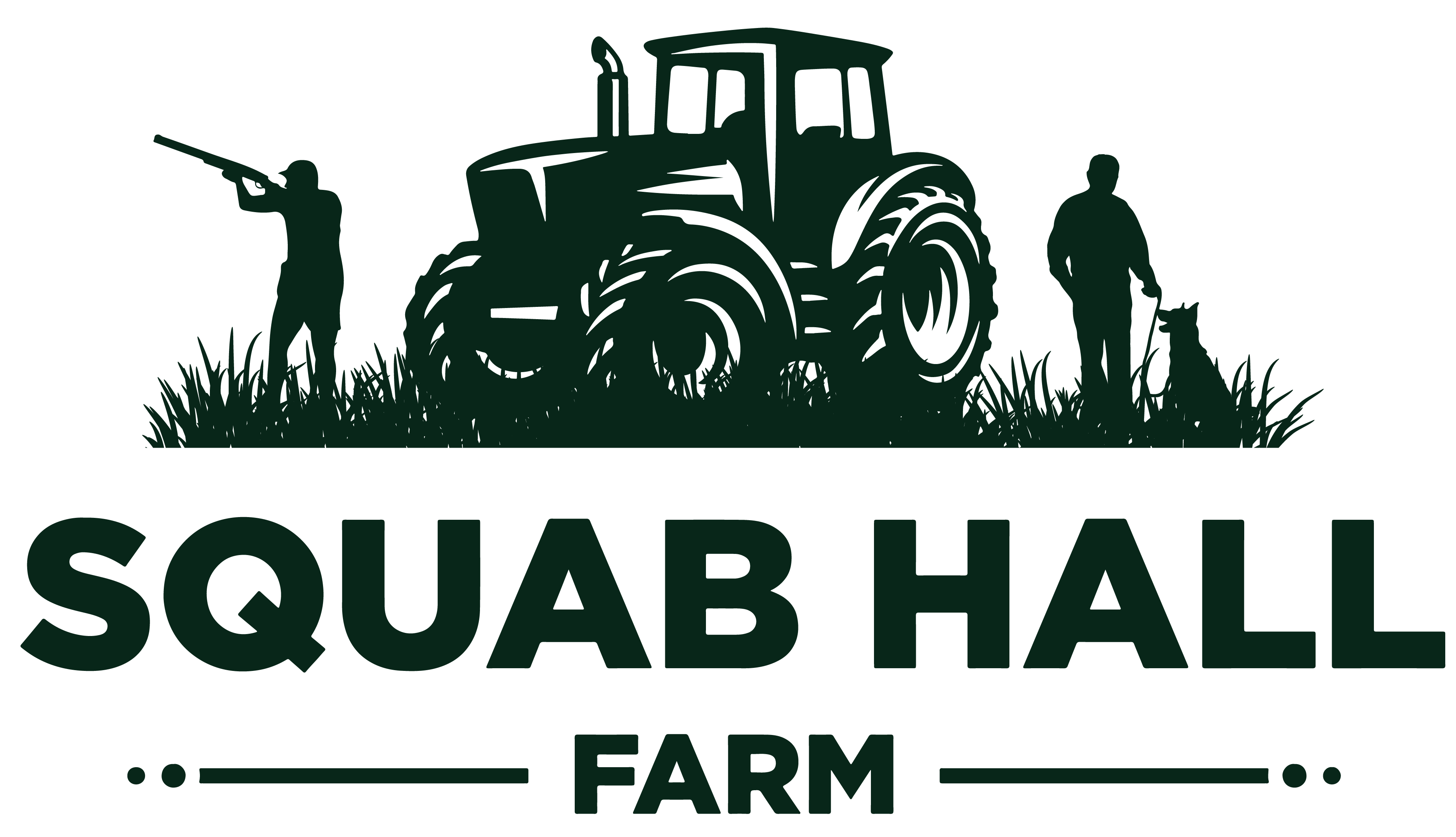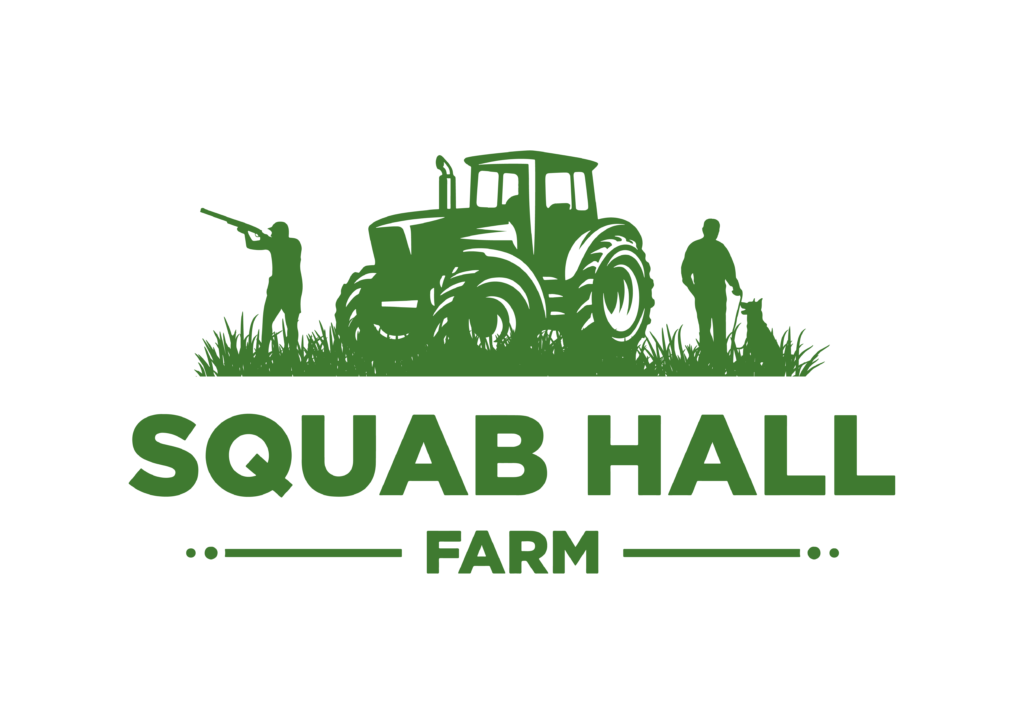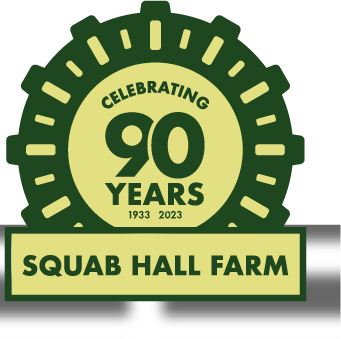About Our Farm
Our History
The Evans family came to Squab Hall in 1933.
Now a third generation family farming business. Timothy Idris Evans and Margaret moved up from Wales in 1933 to start a new family farm in South Warwickshire.
Up until the early 90’s the farm was mixed with dairy, poultry and arable operations taking place. After the dairy and poultry sections ceased the business was left with a range of buildings that have subsequently been repurposed in to various types of storage, starting with crop storage, archive storage and more recently self storage under the Squab brand.
With the growth of the diversified businesses the family took the decision to take on a farm manager to ensure the farming business didn’t suffer and in 2010 the first farm manager arrived.
This focus led to more land being farmed and also led to the creation of the joint venture with two neighbouring farmers.
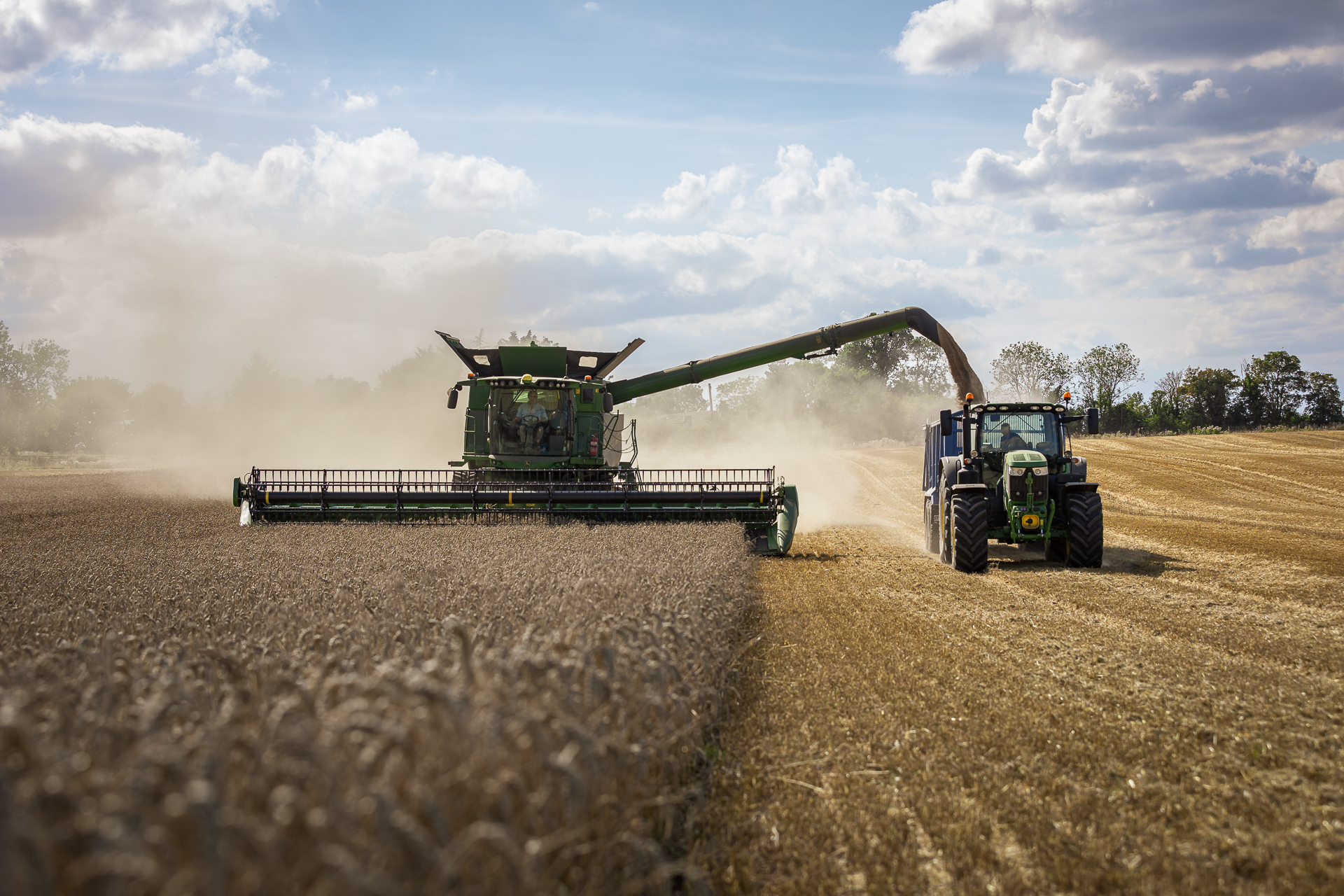
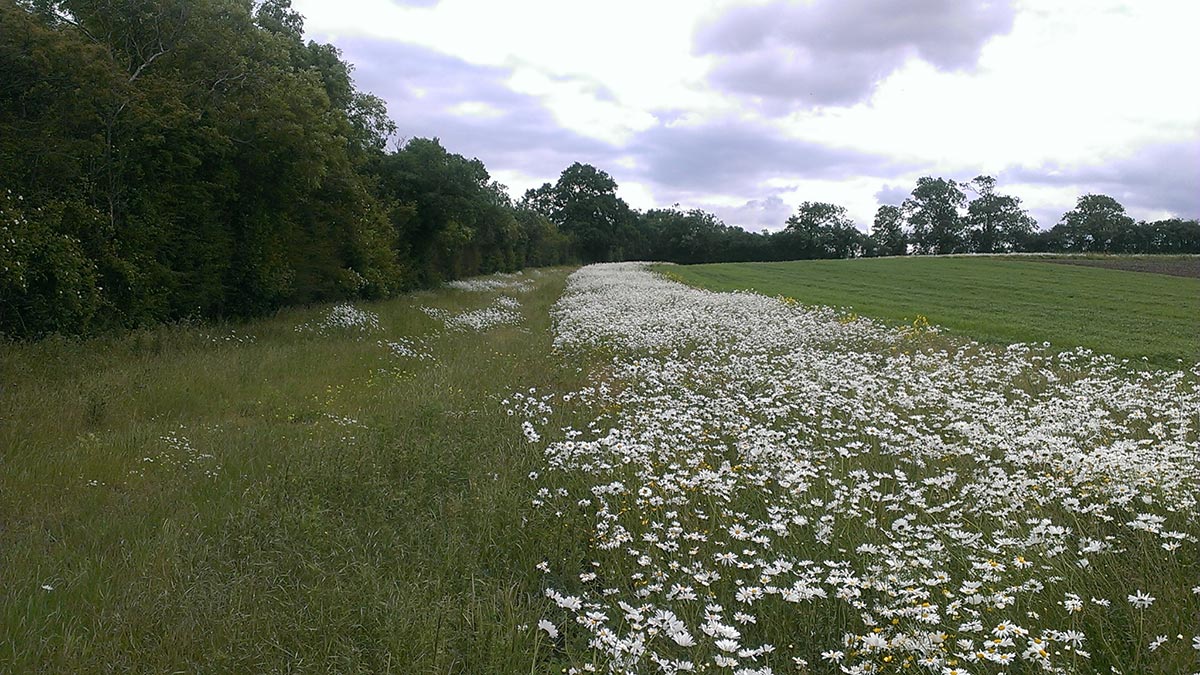
Current Farming Operation
Squab Hall farm consists of 485 hectaresacres of owned, rented and contract farmed land in South Warwickshire. It is also part of a larger 890 hectaresarable joint venture. Current cropping consists of Winter wheat, Spring wheat, Winter barley, Spring barley, Winter beans, Spring beans and Oil Seed Rape. These are grown on a range of soils from sandy clay loams, marl and heavy clays.
The farming operation is based from Squab Hall Farm, situated on the outskirts of Leamington Spa. The business has a 3200 tonne open span grain store, drying, cleaning facilities and modern weighbridge. The day to day operations are run by a Farm Manager and a full-time member of farm staff with strategic advice and agronomy services being provide by Ceres Rural. Harvest staff are also employed to help at busy times. Along with the Joint Venture partners the organisation runs a range modern machinery and utilises a variety of technology to support its operations.
The business prides itself in trying to grow high yielding crops with the use of technology whilst keeping the costs of production low. In recent years, yields have topped 12t/ha in Winter Wheat, 11t/ha in Winter Barley and 5t/ha in both Oilseed rape and Spring Beans.
Modern Agriculture
Variable Rate Product Application and Managing Field Traffic.
GPS steering and Variable rate product applications are used in all farm operations with high accuracy GPS signalling.
The farm operates a ‘controlled’ or ‘managed traffic system’ when it comes to crop production. All machinery uses auto steer and this reduces the soil compaction as the wheels run in the same wheel tracks and tramlines from year to year.
Seed and fertiliser are applied variably using a combination of soil scanning and satellite imagery provide through Soyl during the growing season. This allows the targeting and placement of inputs to help maximise yields.
For more information about the use any of these precision farming techniques please get in touch.
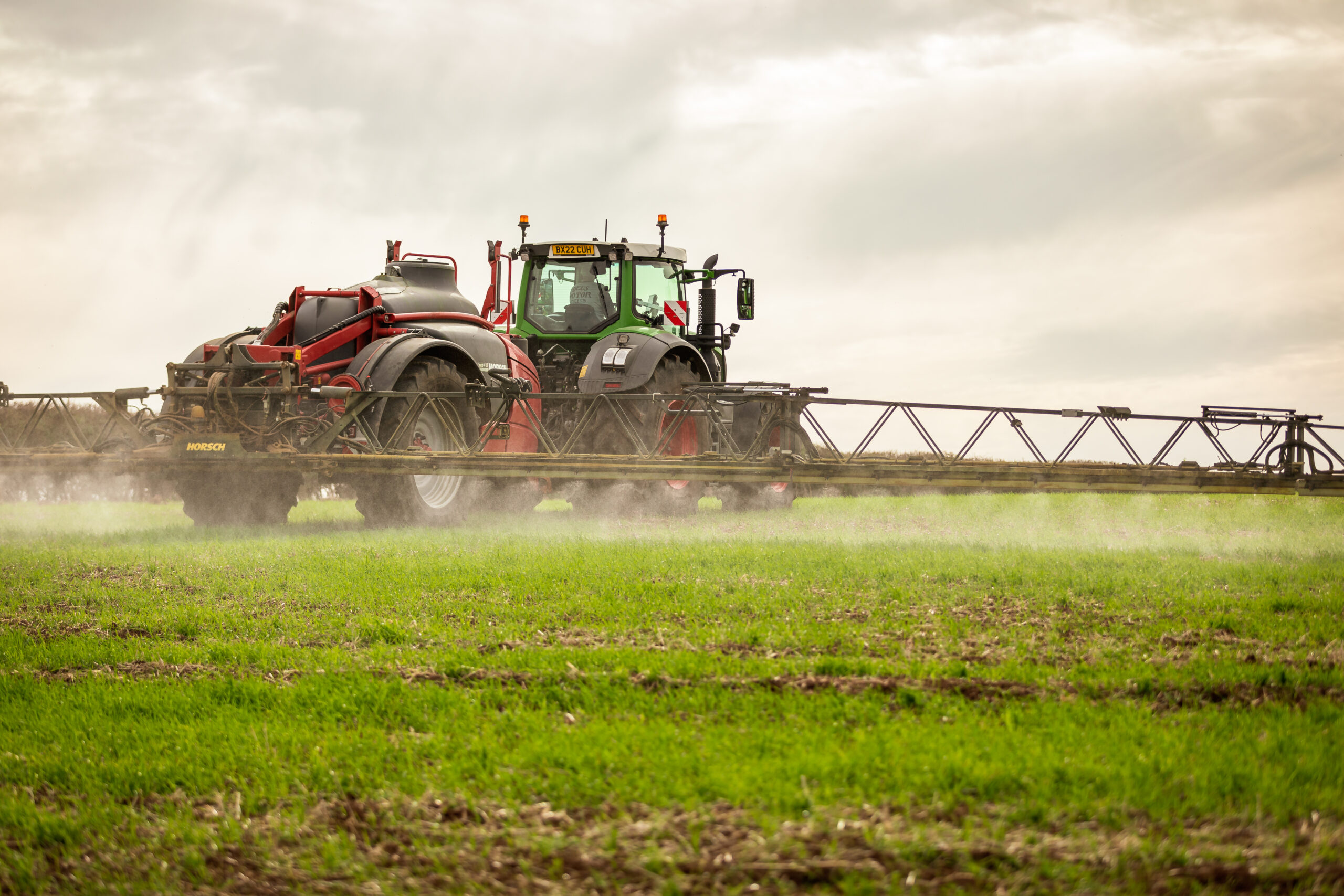
Managing the Countryside.
Recognising the opportunities farming has to enhance its relationship with the environment is leading to changes in farming practices and there is an increasing focus on environmentally led farming techniques.
Approximately 60 hectares of land is under different environmental schemes. Through experience combined with yield mapping its possible to replace poor yielding arable land with environmentally friendly alternatives. These include wildflower margins, herbal lays, watercourse buffer zones and hedge planting.
Soil health is becoming a real focal point and there has been a reduction in the vigour with which soil is cultivated along with an trying to use cover crops to reduce the amount of time soil is left bare. Insecticides are now only used in very limited areas of the farm and companion cropping is used to encourage natural predators and improve establishment.
Local interests
Chesterton Windmill
Chesterton Windmill sits high on the hill at Windmill Hill Farm just outside the small village of Chesterton.
The Evans family own the farmland around Chesterton Windmill and so it forms part of Squab Hall Farms permanent landscape. Built around 1632 from limestone with sandstone detailing, Chesterton Windmill is a Grade 1 Listed building and stands 11m tall.
It remains a working mill and each summer hosts an open weekend where it is possible to go inside and see the windmill working. This makes it the earliest Tower type mill in England to still be able to work. The farm staff often comment that working the fields in the shadow of such a fantastic landmark is a real joy!
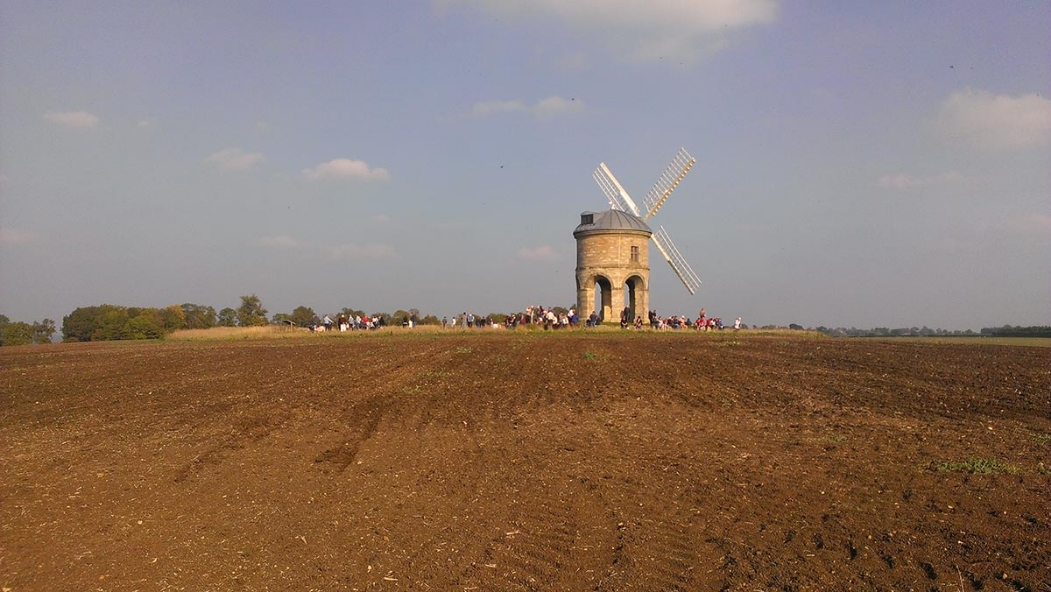
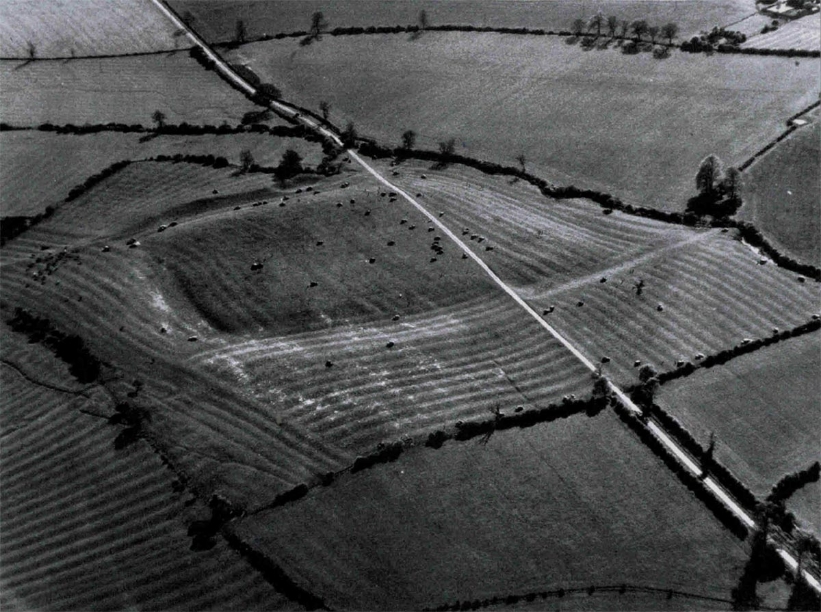
Local interests
The Roman Town at Chesterton
Part of the land owned by the Evans Family at Windmill Hill Farm is the site of an old Roman Town. Located on the North West corner of Windmill Hill Farm and having the Fosse Way running through it, the raised earthworks of the defended part of the town are clearly visible from Chesterton Windmill. Around 16 hectares of land including the raised earthworks are left alone and not cultivated but are rented to a local farmer for sheep grazing. This is done in order to preserve the historical site in accordance with an agreement with Natural England. Over the years the site has been excavated and many Roman artefacts found including coins and pottery, but now metal detecting is strictly prohibited in order to preserve the site.
This small Roman town lay halfway between the towns of Leicester and Cirencester and acted as a market and administrative centre. Its high status was reflected in the provision of defences and stone buildings. The defences enclosed an area of 3 hectares and excavation has revealed that the earliest phase of construction dates from the second century. In the 4th century, a stone wall 3 metres high was added and flanking towers are built on either side of the north gate. The only Roman town in Warwickshire with similar defences was Alcester.
Images and information provided courtesy of David Adams (Chesterton Archeology Research Team) C.A.R.T.
